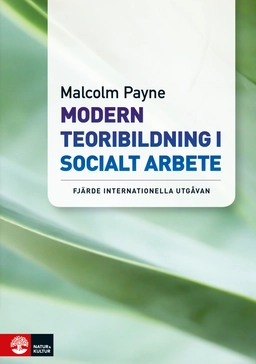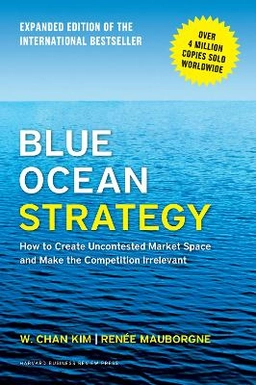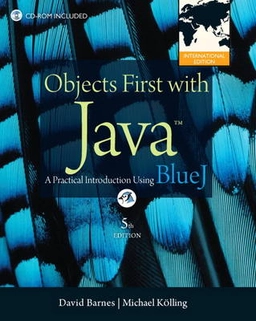

Essential Cell BiologyUpplaga 5
- Upplaga: 5e upplagan
- Utgiven: 1997
- ISBN: 9780815329718
- Sidor: 650 st
- Förlag: Garland Publishing, US
- Format: Häftad
- Språk: Engelska
Om boken
Åtkomstkoder och digitalt tilläggsmaterial garanteras inte med begagnade böcker
Mer om Essential Cell Biology (1997)
I september 1997 släpptes boken Essential Cell Biology skriven av Alberts Bruce, Bray Dennis, Alexander D Johnson, Lewis Julian, Raff Martin, Keith Roberts, Walter Peter. Det är den 5e upplagan av kursboken. Den är skriven på engelska och består av 650 sidor. Förlaget bakom boken är Garland Publishing, US.
Köp boken Essential Cell Biology på Studentapan och spara pengar.
Referera till Essential Cell Biology (Upplaga 5)
Harvard
Oxford
APA
Vancouver



















